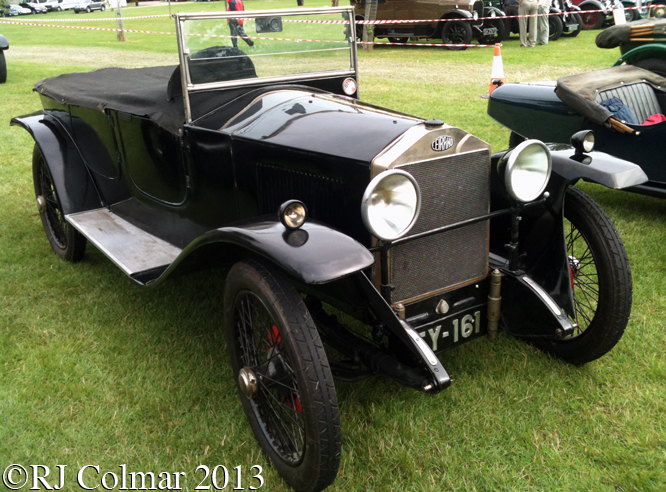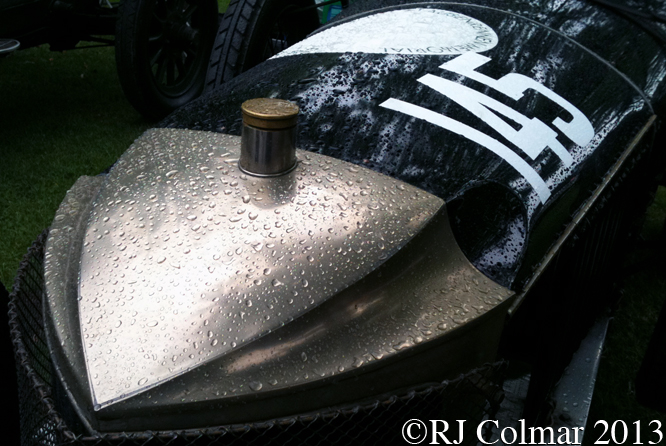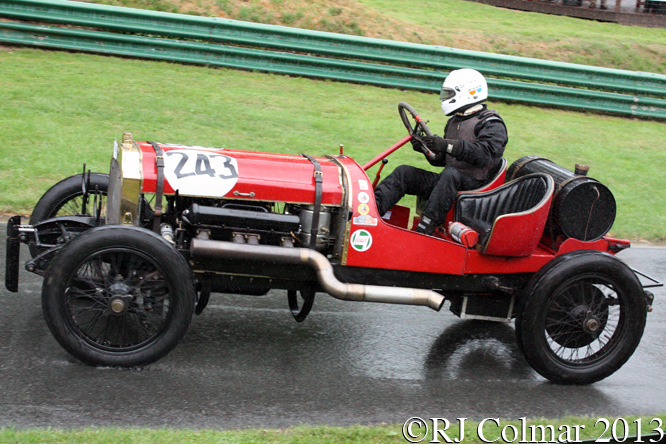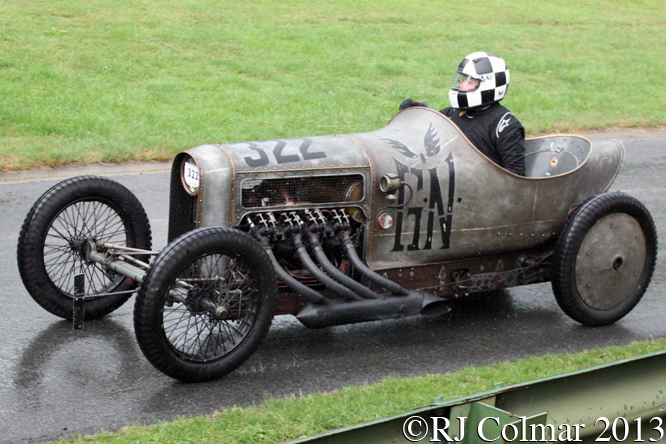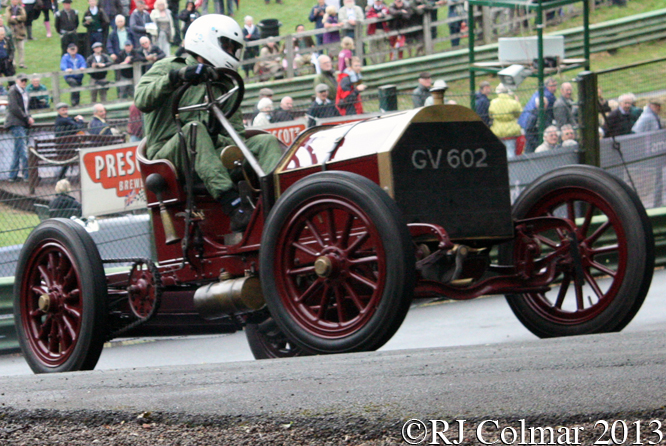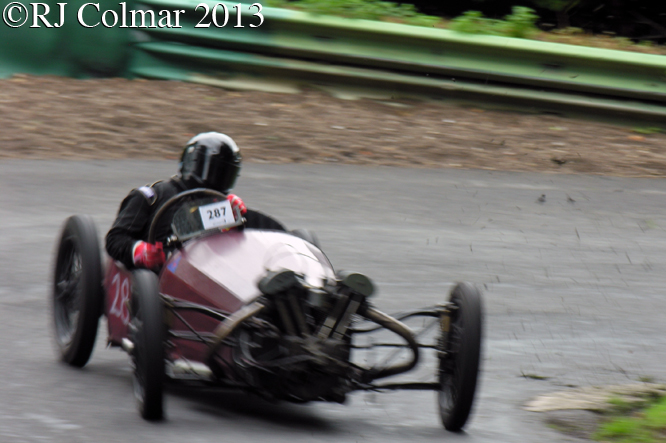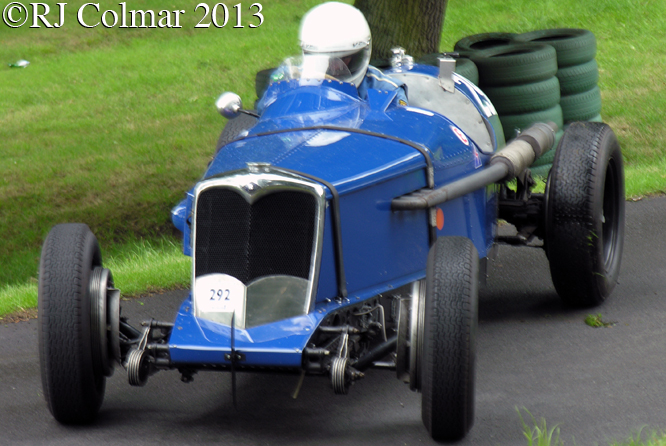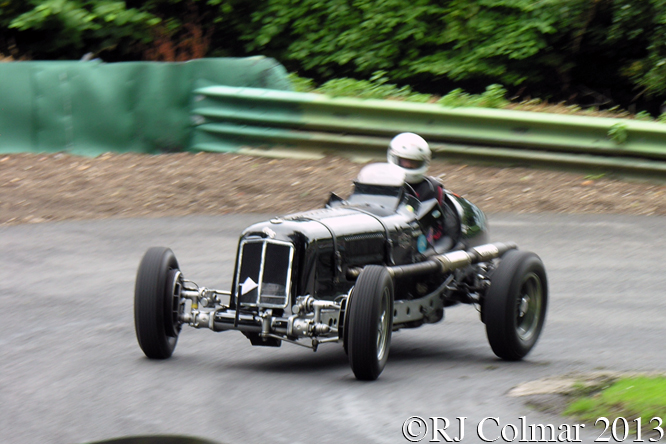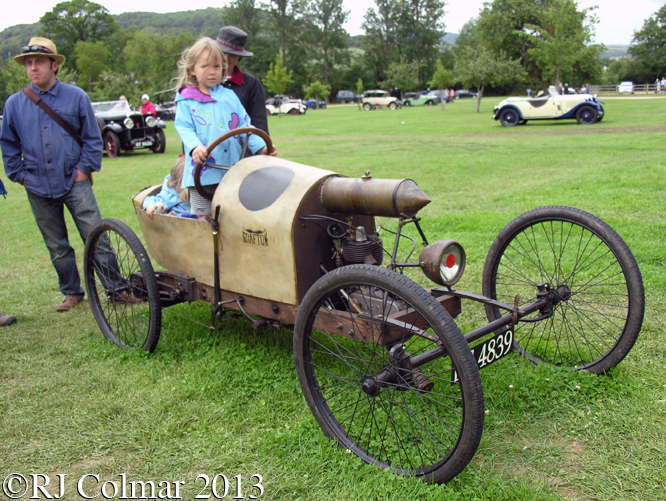After the on track success and commercial failure of his pre war English Racing Automobiles project and as the 1939-45 war drew to a close Raymond Mays returned to thoughts about how to build a British World Beater to compete in the highest form of motorsport.
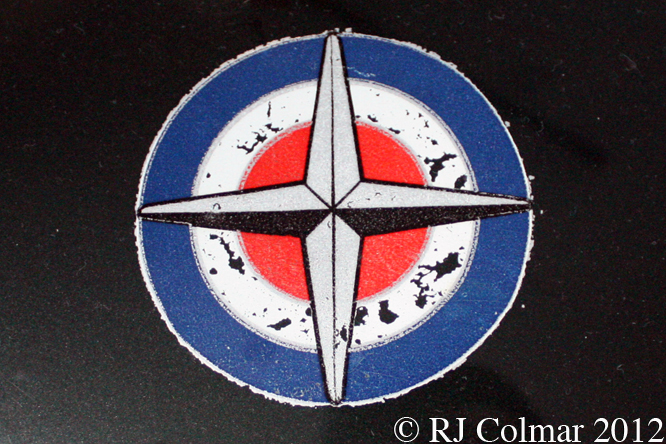
The saga that ensued was an object lesson in how not to go motor racing which began 2nd March 1945 when Raymond Mays announced an appeal to form a cooperative to design, build and race a national Grand Prix car.
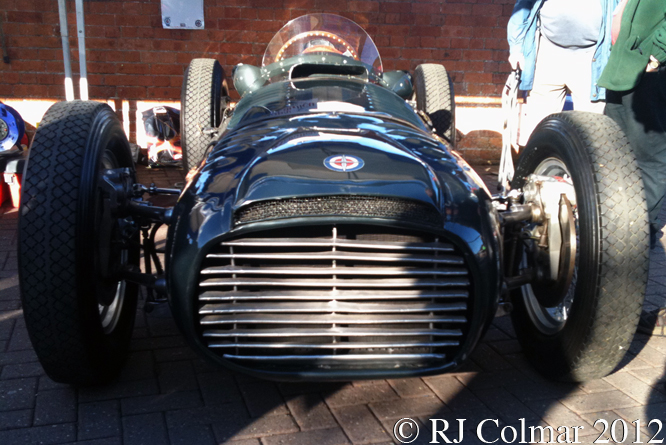
Mays used his natural charm and reputation as a successful racing driver to attract over one hundred interested parties mostly from the motor industry and associated suppliers who were to contribute to the scheme with cash and or in kind.
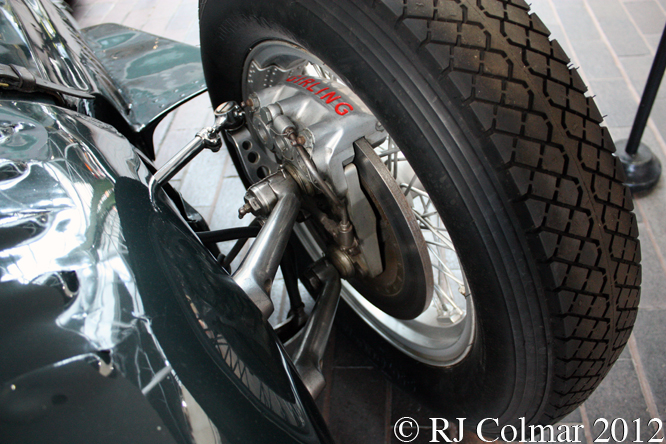
Part of the problem with this way of working is that there were two many cooks, successful heads of industry, who in the kitchen that became known as the British Motor Racing Research Trust. As a result everything concerning the production of parts, running of the project and finances was done by committee. Note disc brakes did not appear on the BRM V16’s until 1952.
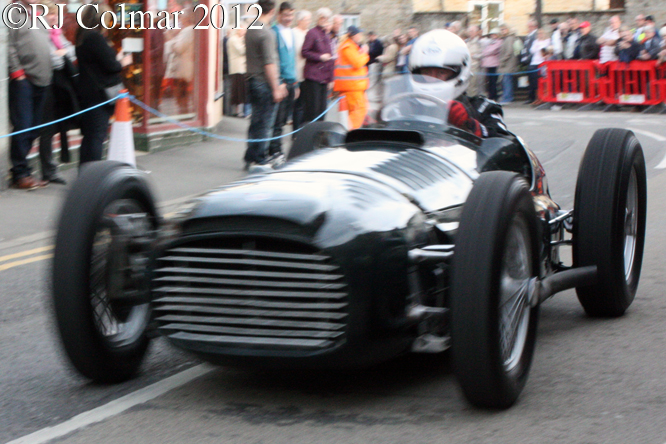
With more PR people, than mechanics, working for companies desperate to be associated with the project in order to drum up orders on the world stage the first of the new cars was completed at Bourne in 1949 and even given a run in the dead of night through the sleepy market hamlet of Bourne, Lincolnshire where it was built. Against May’s better judgement the car was shown to an eager audience of the Press on the 15th of December 1949.
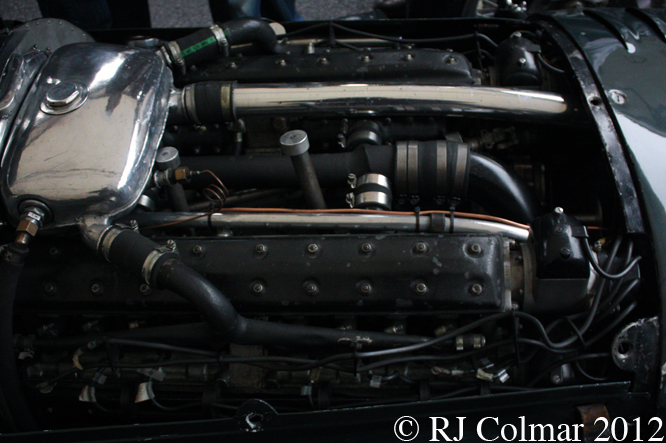
The concept for the car including the engine is credited to Raymond Mays collaborator at ERA Peter Betherton. Betherton’s choice of 1.5 litre V16 architecture with the two banks of cylinders inclined at 135° seems to have been inspired by the pre war unraced prototype Alfa Romeo Tipo 162 designed by Wifredo Ricart which was said to produce 490 hp.
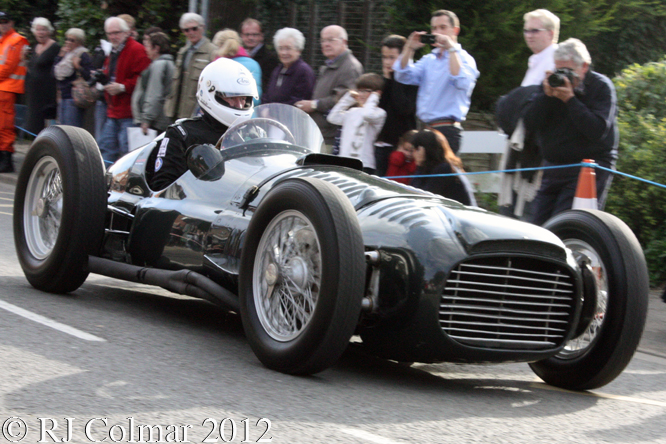
BRM’s V16 was in essence two V8’s with a drive taken from the crankshaft between the two halves. Fatally the car was supercharged by an aircraft type centrifugal supercharger developed by Rolls Royce. The problem with this type of supercharger is that it gives great power, for aircraft operating continuously at a high rev range BUT it is almost unmanageable in a racing car application where smooth power band is required from low revs. The BRM V16 is said to have produced 550 hp at 12,000 unforgettable ear splitting RPM, see 8m 22s into this clip turn your volume up loud !
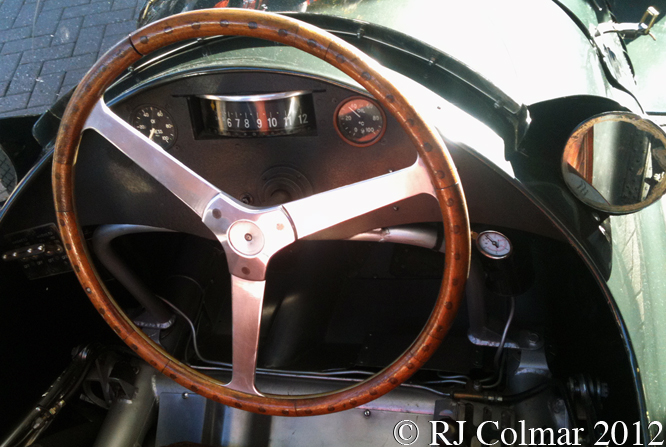
The gearbox for the car was a copy from Mercedes Benz blueprints obtained as ‘war reparations’ of the type used on their pre war Grand Prix dominating cars.
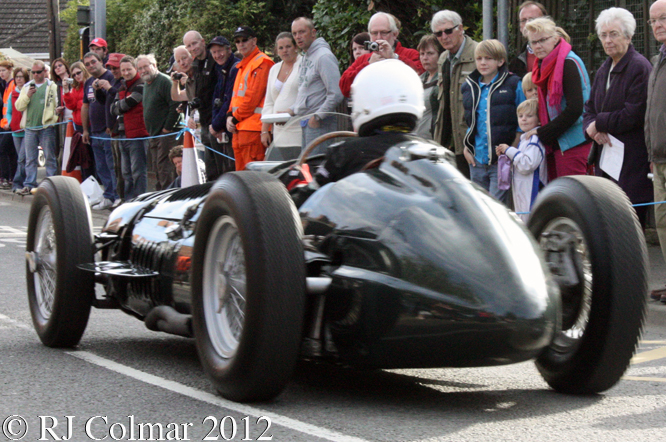
The V16 BRM’s were supposed to make their debut at the 1950 British Grand Prix however they were still far from ready and instead one car did a couple of demonstration laps in front of future Queen Princess Elizabeth and her husband Prince Philip.
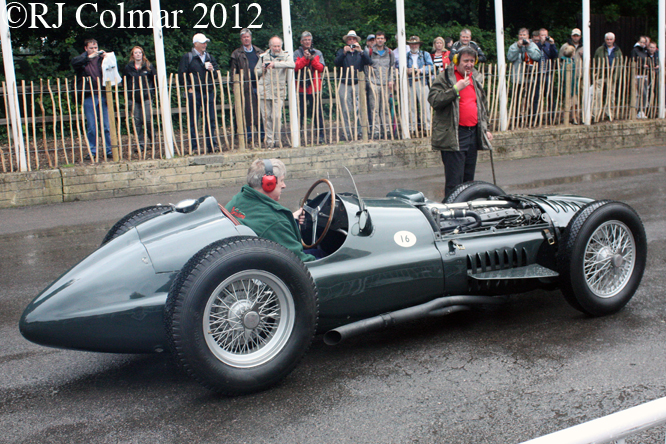
When the V16 did make it’s debut in the hands of Raymond Sommer it arrived at 9:40 am on the morning of the 1950 non championship Daily Express Trophy after an all night engine rebuild at Bourne. The car had been flown at the race organisers expense twixt factory and circuit where Sommer needed to complete 3 quick laps before 10 am in order to be given dispensation to start from the back of the grid.
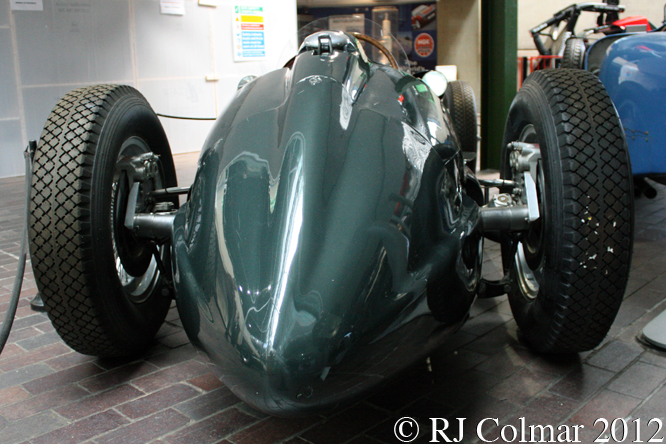
Come the race and an expectant crowd who had been given a souvenir pamphlet on the new British wonder when the flag dropped the field sped away leaving Sommer behind as a universal joint snapped leaving the car with no drive.
Later in 1950 Reg Parnel driving the same car seen here won two minor races at Goodwood in the rain and the following season Reg used chassis No.1 on the cars Grand Prix debut at Silverstone where he finished 5th enough to score a point in the world championship. Team mate Peter Walker came home 7th in No.2 like Reg he was suffering from the intense cockpit heat with the addition of neat fuel vapor fumes coming from the motor.
The following year Formula One was abandoned in favor of Formula Two, in part because in their efforts to sign Juan Manuel Fangio BRM reneged on a deal to race in Turin which gave the unintended message to other race organisers that BRM was unable to challenge Ferrari. Ferrari won the two world championships run to Formula Two regulations in 1952 and 1953.
Fangio did sign for BRM and in one of the few non championship races held in 1952 and 1953 and he took a great liking to the V16 BRM’s. Driving chassis No.1 at Albi he beat the Ferrari driven by Alberto Ascari in the heat but then retired from the lead of the final when a tyre failed damaging the hub and brake disc. This was the high point of the BRM’s career as a British World Beater, although it did win 15 non championship races between 1951 and 1954 in all.
If you want to know the whole story behind BRM I can wholeheartedly recommend “BRM The Saga of British Racing Motors” by Doug Nye. Volume one of a projected two took almost sixteen years to write and while I am ploughing through a copy of volume one kindly lent to me by Tim Murray BRM fans are eagerly anticipating the appearance of BRM Volume 4 which Doug has repeatedly told his fans is in the pipe line.
Thanks for joining me on this “British World Beater” edition of “Gettin’ a li’l psycho on tyres” I hope you will join me again tomorrow when I shall be looking at a Formula One car from France. Don’t forget to come back now !
04 07 13 Errata the correct type designation for the original V16 BRM is Type 15, not P15, thanks to Tim Murray for pointing this out to me some time ago. Not also that the car featured here has been fitted with a later type large radiator and associated body work modifications first seen in 1952.
